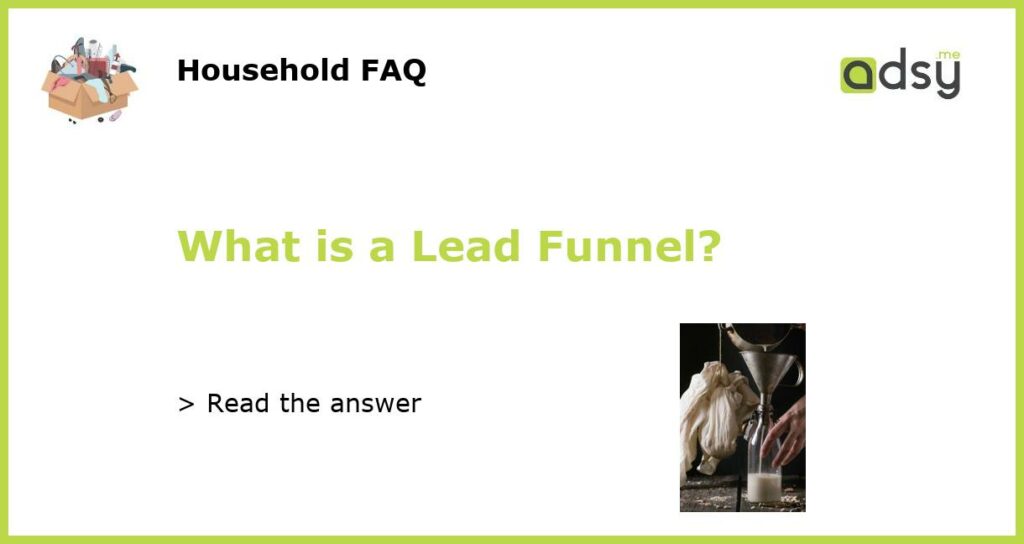What is a Lead Funnel?
If you’re a marketer or a business owner, you’ve probably heard of a lead funnel. But what exactly is a lead funnel? A lead funnel is a process that helps businesses to convert potential customers into actual customers. It’s a step-by-step journey that starts from the moment a lead enters your funnel to the point where they become a paying customer.
Understanding the Four Stages of a Lead Funnel
A lead funnel is broken down into four key stages. These stages include Awareness, Interest, Decision, and Action. At each stage, your potential customers go through different emotions and behaviors.
Key Elements of a Lead Funnel
A well-designed lead funnel has several essential elements, including lead magnets, landing pages, call-to-actions, and email sequences. A lead magnet is an incentive that businesses offer to potential customers in exchange for their contact information. It could be an ebook, a whitepaper, a webinar, or a free trial. Landing pages are where your potential customers land after clicking on your advertisements or lead magnets. It’s where you present your offer and try to convince them to take action. Call-to-actions are buttons or links that encourage your visitors to take the next step in the funnel. Email sequences are a series of automated emails that businesses send to their potential customers with the aim of nurturing them and moving them through the funnel.
Why Your Business Needs a Lead Funnel
There are several reasons why your business needs a lead funnel. Firstly, it helps you to understand your potential customers better and tailor your marketing messages to their needs. Secondly, it helps you to generate more leads and convert them into paying customers. Thirdly, it helps you to build a relationship with your potential customers and establish trust. Lastly, it helps you to streamline your sales processes and make them more efficient.
How to Create a Lead Funnel
To create a lead funnel, you need to identify your target audience, understand their pain points and motivations, and create a lead magnet that solves one of their problems. Once you have your lead magnet, you need to create a landing page that clearly presents your offer and convinces your potential customers to take action. You also need to create a call-to-action that leads to the landing page and an email sequence that nurtures your potential customers and moves them through the funnel. Lastly, you need to track and analyze your results and make adjustments as needed to optimize your funnel.






